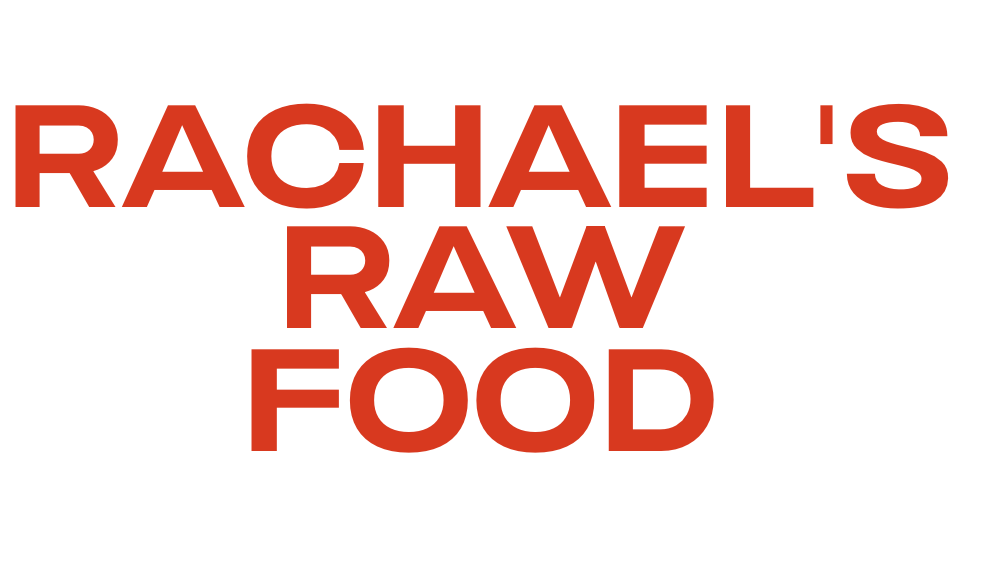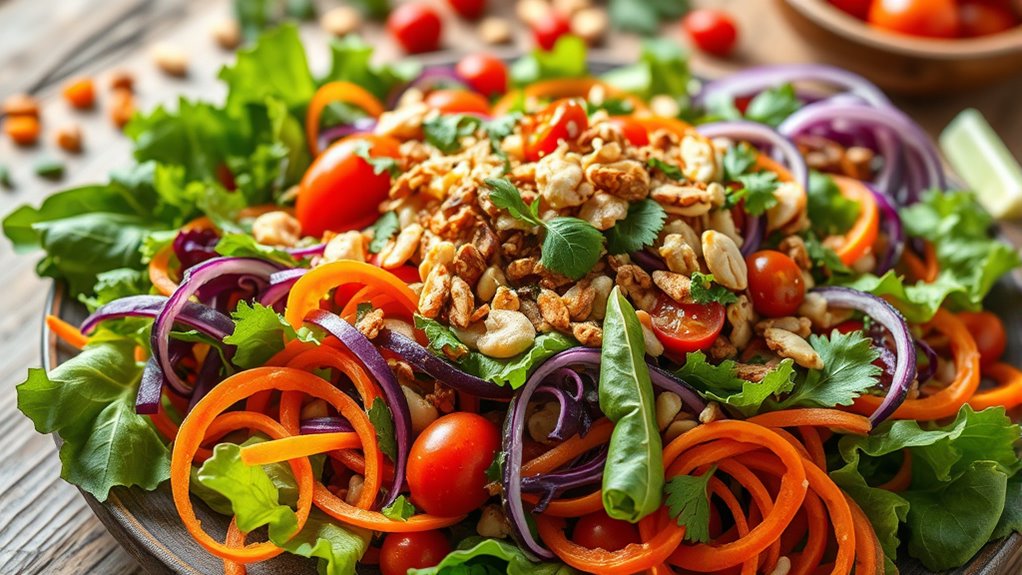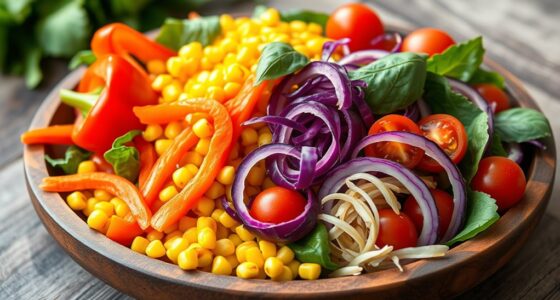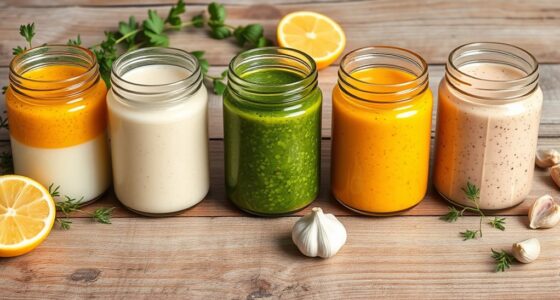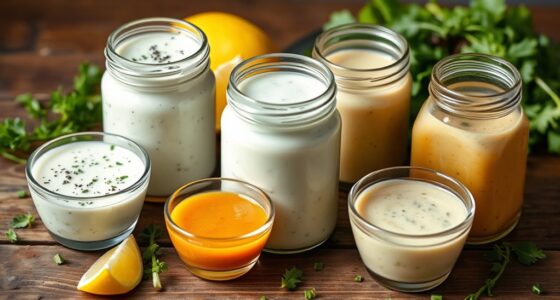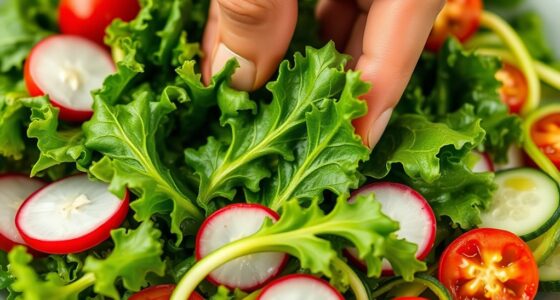Discover a world of fresh flavors by exploring salads from different cultures. From Mediterranean salads with tomatoes and feta to Asian-inspired mixes with Napa cabbage and sesame oil, each recipe showcases regional ingredients and culinary traditions. These vibrant dishes reflect local climate and history, offering unique tastes and textures. Try experimenting with ingredients and techniques to make each salad your own. Keep exploring to uncover more exciting recipes and flavor combinations to inspire your culinary journey.
Key Takeaways
- Explore diverse regional flavors by trying salads like Mediterranean tabbouleh, Asian slaw, and Latin ceviche-inspired vegetable mixes at home.
- Use authentic ingredients such as feta, olives, sesame oil, and fresh herbs to capture the true essence of each cuisine.
- Adapt recipes to your taste by experimenting with local produce and adjusting seasonings for personal preferences.
- Incorporate traditional preparation techniques to authentically showcase cultural salad styles and their culinary significance.
- Embrace salads as a way to connect with global culinary traditions, promoting diversity and creative exploration in your homemade meals.
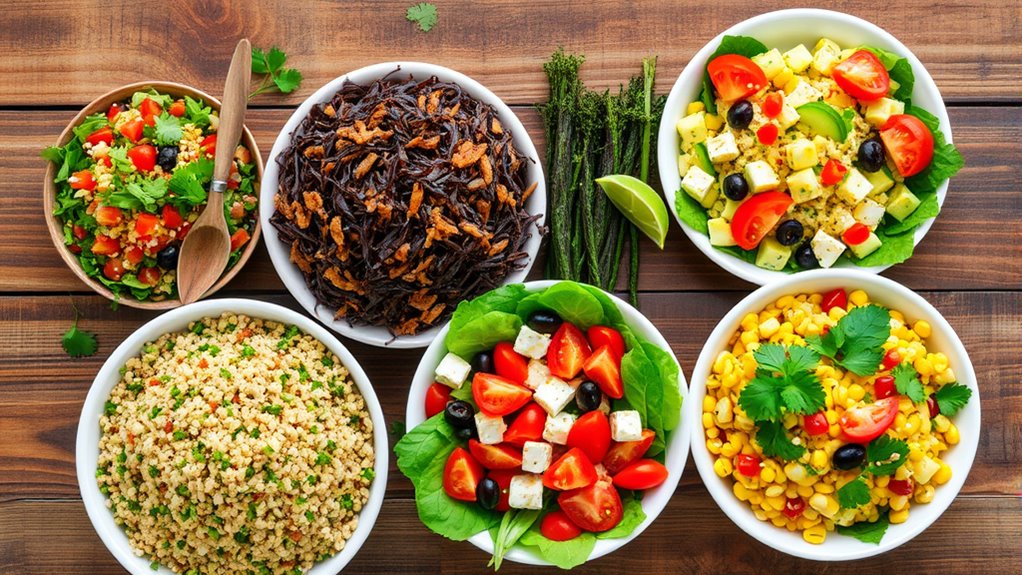
Have you ever wondered how salads reflect the diverse flavors and traditions of different cultures? When you explore salads from around the world, you’re not just tasting fresh ingredients—you’re experiencing history, climate, and the culinary soul of a region. Take Mediterranean flavors, for instance. These salads often feature ripe tomatoes, crisp cucumbers, briny olives, and tangy feta cheese, all drizzled with olive oil and lemon juice. They’re simple yet bold, highlighting the sun-drenched produce of southern Europe and North Africa. This style of salad emphasizes vibrancy and balance, making it a perfect starter or light meal. The use of herbs like oregano, basil, and thyme adds aromatic depth, while ingredients like roasted peppers and anchovies can give it a smoky or savory punch. When you prepare a Mediterranean-inspired salad, you’re embracing a tradition rooted in coastal towns and warm climates, where fresh ingredients are abundant and meals are designed to be enjoyed outdoors.
On the other hand, Asian influences bring a different set of flavors and textures to the salad bowl. Think crisp Napa cabbage, shredded carrots, scallions, and cilantro, tossed with sesame oil and rice vinegar. These salads often incorporate bold, tangy, and umami-rich elements that reflect centuries of culinary evolution. Ingredients like toasted sesame seeds, chopped peanuts, or crispy wonton strips add crunch and complexity. Sometimes, you’ll find a splash of soy sauce or a hint of ginger to amplify the flavors. Asian salads are usually vibrant and invigorating, balancing sweet, sour, salty, and spicy notes in every bite. They’re designed to complement hearty dishes or stand on their own as a light, energizing snack. Preparing an Asian-inspired salad at home means you’re engaging with a cuisine that values harmony of flavors and seasonal ingredients. It’s about creating a balance—crisp vegetables paired with tangy dressings and savory toppings—that awakens your palate.
Both Mediterranean and Asian salads showcase how regional ingredients and culinary philosophies shape what we eat. They remind you that salads are more than just a healthy side—they’re a reflection of cultural identity and tradition. Whether you’re tossing together cherry tomatoes, olives, and feta or shredding cabbage and tossing it with sesame oil, you’re participating in a global conversation of flavors. Making these salads at home allows you to experiment with ingredients, adapt recipes to your taste, and discover new favorites. It’s a delightful way to bring the world’s culinary diversity to your table, one fresh, vibrant salad at a time.
Frequently Asked Questions
How Do I Store Leftover Raw Salads Safely?
When storing leftover raw salads, you should keep them safe and fresh by using an airtight container that prevents moisture loss and contamination. If your salad has dressing, store it separately to preserve texture and flavor. Choose a container with a secure lid, and refrigerate promptly. This way, you’ll maintain the salad’s crispness and prevent spoilage, ensuring your leftovers stay delicious and safe to enjoy later.
Can I Prepare Salads in Advance Without Losing Freshness?
Preparing salads in advance might seem like a sneaky way to save time, but it can turn your fresh meal into a soggy disaster! To keep that crunch and vibrant flavor, focus on meal prep strategies that preserve freshness. Store ingredients separately, use airtight containers, and add dressings just before serving. This way, you enjoy the convenience of prep without sacrificing the crispness and flavor you crave.
Which Salads Are Suitable for People With Food Allergies?
When choosing salads for food allergies, you should look for gluten-free options and nut-free salads to avoid common allergens. Opt for simple ingredients like fresh vegetables, fruits, and safe proteins like grilled chicken or beans. Always check labels or prepare from scratch to guarantee no cross-contamination. By selecting or customizing salads carefully, you can enjoy delicious, allergy-friendly meals without compromising safety or flavor.
How Do I Adjust Salad Recipes for Dietary Restrictions?
You might think adjusting salad recipes is tricky, but it’s like tailoring a suit—you can make it fit perfectly. Start with ingredient substitutions to replace allergens or dislikes and focus on flavor adjustments to keep the dish tasty. For example, swap nuts for seeds or use dairy-free dressings. These small tweaks help create a salad that’s safe and delicious, tailored just for your dietary needs.
What Are Some Traditional Accompaniments for International Salads?
You might wonder what traditional accompaniments pair well with international salads. Traditional condiments like soy sauce, tahini, or vinaigrette often enhance flavor, while serving suggestions include crusty bread, grilled meats, or rice dishes. These options balance the freshness of salads and create a complete meal. By choosing suitable condiments and serving ideas, you elevate your salad experience and enjoy authentic tastes from around the world.
Conclusion
Now that you’ve explored salads from around the world, remember that sharing these vibrant recipes can bring people closer, fostering connection and understanding. Some believe that food has the power to unite cultures and heal divides, and perhaps there’s truth in that. So, next time you toss a salad, think of it as more than just a meal—it’s a small act of bringing the world a little closer, one fresh bite at a time.
